This post was written by Himani Gupta and Natalie Duggins.
“When elected officials feel they may not have the power anymore, they have two choices,” Stacey Abrams suggests in the new documentary, All In: The Fight for Democracy. “They can either be more responsive to those they lead, or they can eliminate the people they have to answer to.”
Far too often, the choice of today’s politicians choose the latter option.
But our history is laced with these moments: periods of social and political advancement for women and people of color, followed by a ferocious backlash meant to disrupt and disenfranchise and, above all, sustain the patriarchy and advance the cause of white supremacy. The election of Barack Obama in 2008 ushered in the latest backlash. The shift had less to do with the fact that the United States had elected its first black president — though, it’s hard to imagine the timing being purely coincidental — than the fact that the Obama campaign had brought 15 million first-time voters into the process. That fact, for politicians desperate to hold onto their power, was untenable.
“The Obama coalition becomes the hitlist for voter suppression: how do we stop African Americans, Hispanics, Asian Americans, the young and the poor from voting?” historian Carol Anderson asks in All In. “The Supreme Court decision, Shelby County v. Holder, allowed that to happen.”
In Shelby, the Supreme Court eliminated the section of the Voting Rights Act (VRA) that determined which jurisdictions were required to seek federal approval before passing new any voting laws. The majority, led by noted VRA opponent John Roberts, thought the coverage formula was outdated, making it unresponsive to current needs and thus creating an unconstitutional burden for states. But for voting rights advocates — to quote the late, great Justice Ruth Bader Ginsburg — “[t]hrowing out preclearance when it has worked and is continuing to work to stop discriminatory changes is like throwing away your umbrella in a rainstorm because you are not getting wet.”
After Shelby what used to be a bipartisan pursuit — the VRA required periodic reauthorization and each of those renewals were signed by Republican presidents: Richard Nixon in 1970, Gerald Ford in 1975, Ronald Reagan in 1982 and George W. Bush in 2006 — became a completely partisan exercise. Democrats wanted to expand the franchise, Republicans wanted to limit participation, under the guise of non-existent voter fraud. Shelby set off a firestorm of anti-voter efforts: from voter ID to voter roll purges to the elimination of voting precincts to gerrymandering.
The impact of those efforts were felt mightily in 2016, the first national election following Shelby. Over 1600 precincts closed in states that would have been subject to preclearance. According to a post-election study by Priorities USA, a Democratic super-PAC, turnout in 2016 decreased by 1.7 percent in the three states that adopted stricter voter ID laws but increased by 1.3 percent in states where ID laws did not change. All In highlights a voter purge — meant to excise people from the rolls who hadn’t participated in an election for six years — in Ohio that wrongly kicked 400,000 people off the voter rolls. All in all — even before factoring in Russia interference and suppressive action from the Trump campaign — it seems increasingly likely that the 2016 election wasn’t decided on November 8, 2016, it was decided on June 25, 2013.
To a degree, voters have become hip to the game. Having learned from 2016, campaigns adjusted their engagement strategies and pushed turnout to unprecedented levels for a midterm campaign. But even as voters learn to play the game, according to the stated rules, Republicans are hard at work rewriting those rules. And while the courts have been a firewall in some areas of the country, Donald Trump and Mitch McConnell’s dogged efforts to reshape the federal judiciary are already starting to have a suppressive effect on the 2020 election.
Then, once you add COVID-19 to the mix, there’s a real potential for historic levels of voter suppression. Here’s a look at some states where voter suppression efforts are already at work:
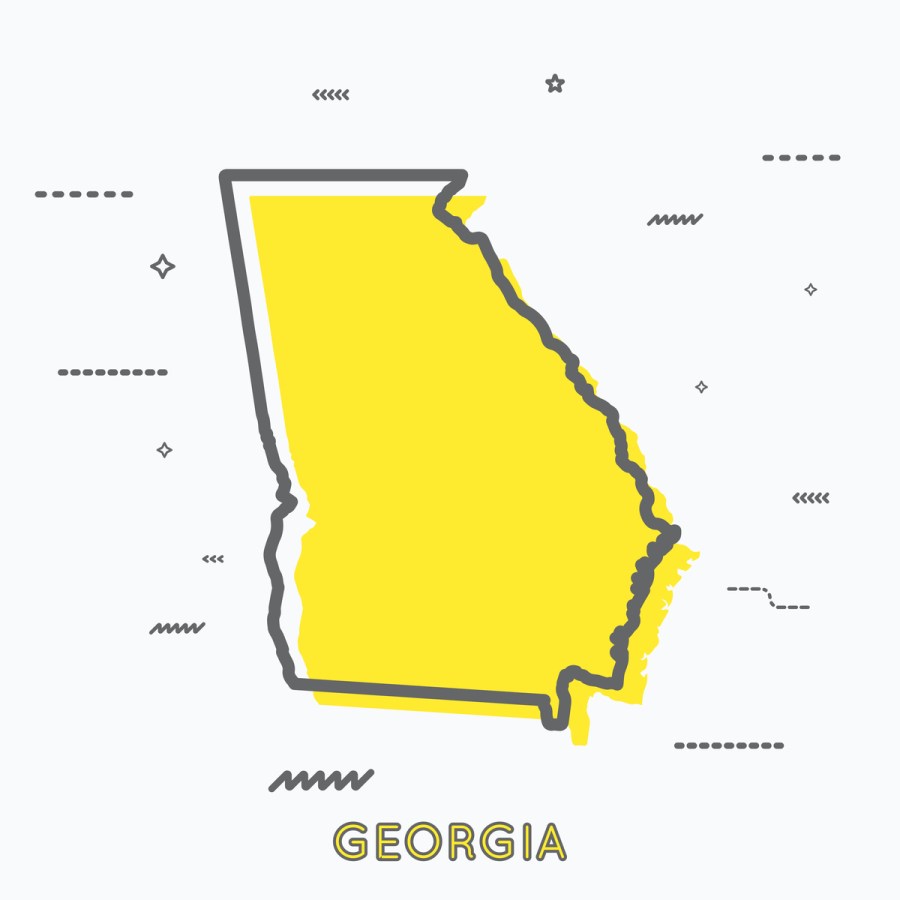
More Georgians would be alive today were it not for the voter suppression that stole the governership from Stacey Abrams in 2018. Brian Kemp clearly believes that COVID-19 isn’t a real threat but that free and fair elections sure are.
What’s happening in Georgia is similar to what’s happening in other states but on steroids. There’s the restrictive voter id law, as we see in so many other places. Like Wisconsin, a federal judge ruled that absentee ballots can’t be post-marked by the election but must be received by election day. Most notoriously, the voter roll purges, where hundreds of thousands of people have been removed from voter rolls in the last few years, many of them inaccurately, have continued despite multiple lawsuits. With no federal oversight, the state has closed polling locations – in violation of its own state laws – to disproportionately affect urban and non-white (read: Democratic) municipalities.
This and the failure of new voting machines led to absurdly long (including overnight!) wait times during the primary and continues to lead to wait times throughout early voting. A federal judge blocked a request to increase the number of paper ballots at polling places to circumvent machine failures during the general election. But Georgians are fighting back by turning out to vote in unprecedented numbers.
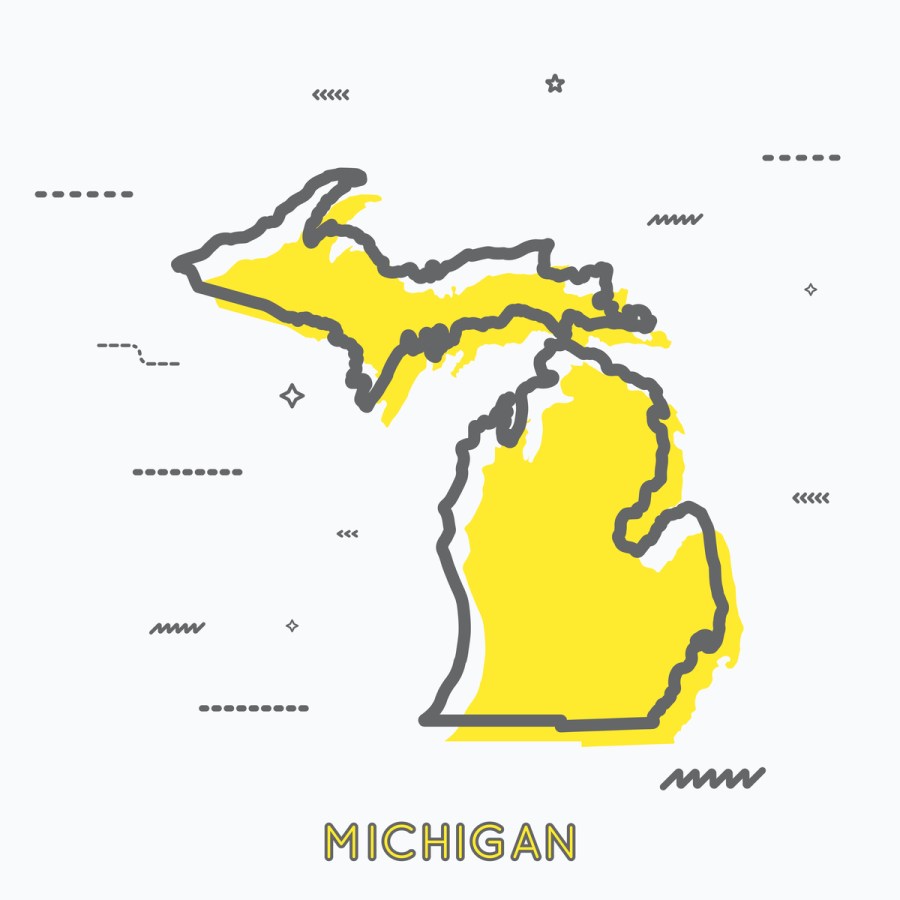
Concerned about the threat of voter intimidation at polling sites, Michigan’s Secretary of State, Jocelyn Benson, issued a directive that banned the open carry of firearms within 100 feet of a polling place, clerk’s office or absentee ballot counting site would be banned on Election Day. Unsurprisingly, the move was met with ferocious dissent. Gun rights activists claimed that the directive would force citizens to choose between the right to vote and the the right to bear arms. Those activists filed suit immediately and, thus far, an injunction against the directive has been issued by the lower court and subsequently upheld by the state’s Court of Appeals. The state’s Attorney General, Dana Nessel, has pledged to take the case to the State Supreme Court.
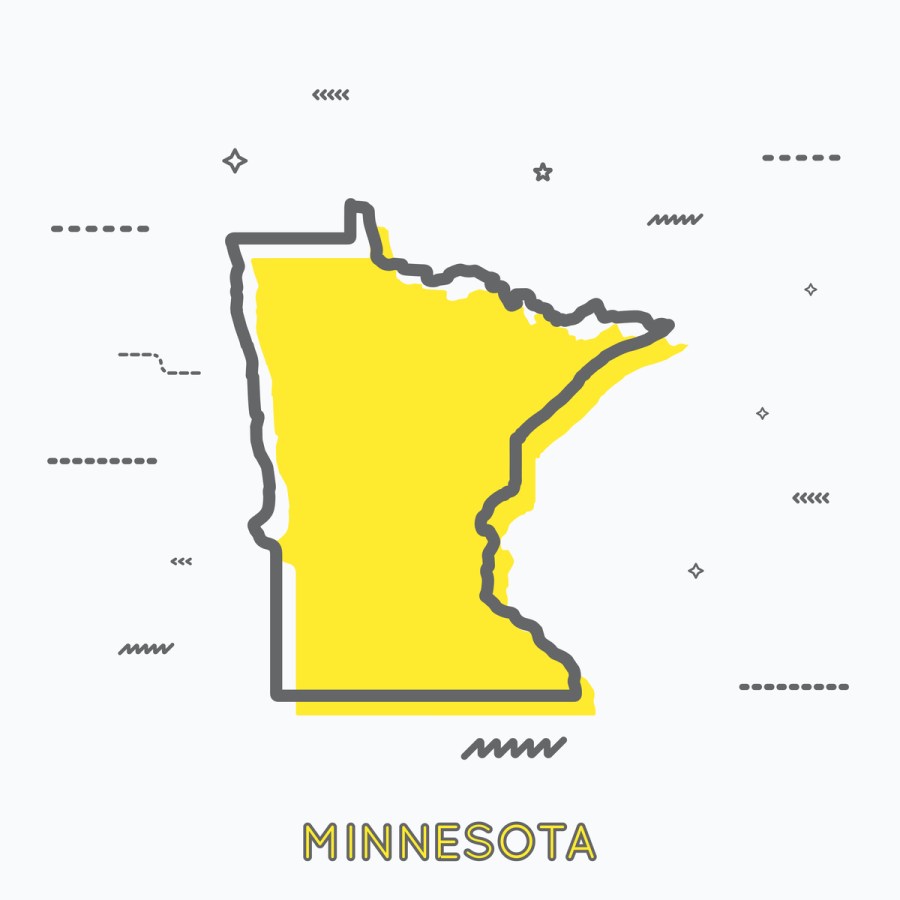
Two interesting suppressive tactics are happening in Minnesota, a state that has — much to my surprise — become a swing state this year. First, in the Second Congressional District, where Rep. Angie Craig — an out lesbian — is running for re-election. She was slated to face Republican Tyler Kistner and Legal Marijuana Now Party candidate Adam C. Weeks in the general until Weeks died in September. State law in Minnesota says that, because the death happened so close to the election, the election can be delayed until February, but Craig challenged the law and won. Kistner is continuing to appeal but the case will not be heard until after the election.
The new added wrinkle? Turns out, Adam Weeks was just a Republican stalking horse all along: paid by Republicans to draw liberal voters away from Craig.
Also in Minnesota: in a move that outraged most court observers, the 8th Circuit ruled on Thursday that a consent decree, established by the Secretary of State and approved by state courts, extending the deadline for absentee ballots, usurped the power of the state legislature. Two things are particularly curious about the case: first, the legislature never took issue with the consent decree and second, the electors who filed the cased agreed to not challenge the decree in any legal forum yet were still given standing. Unsurprisingly, both the electors and judges on the 8th Circuit affiliated with the Trump campaign.
The case may go to the Supreme Court but, in the interim, the case has caused a considerable amount of upheaval. It seems entirely likely that voters who have done nothing wrong will have their ballots disregarded because their ballot was not received in time. At this point, if you live in Minnesota: do not vote by mail. Use official drop boxes or vote in person.
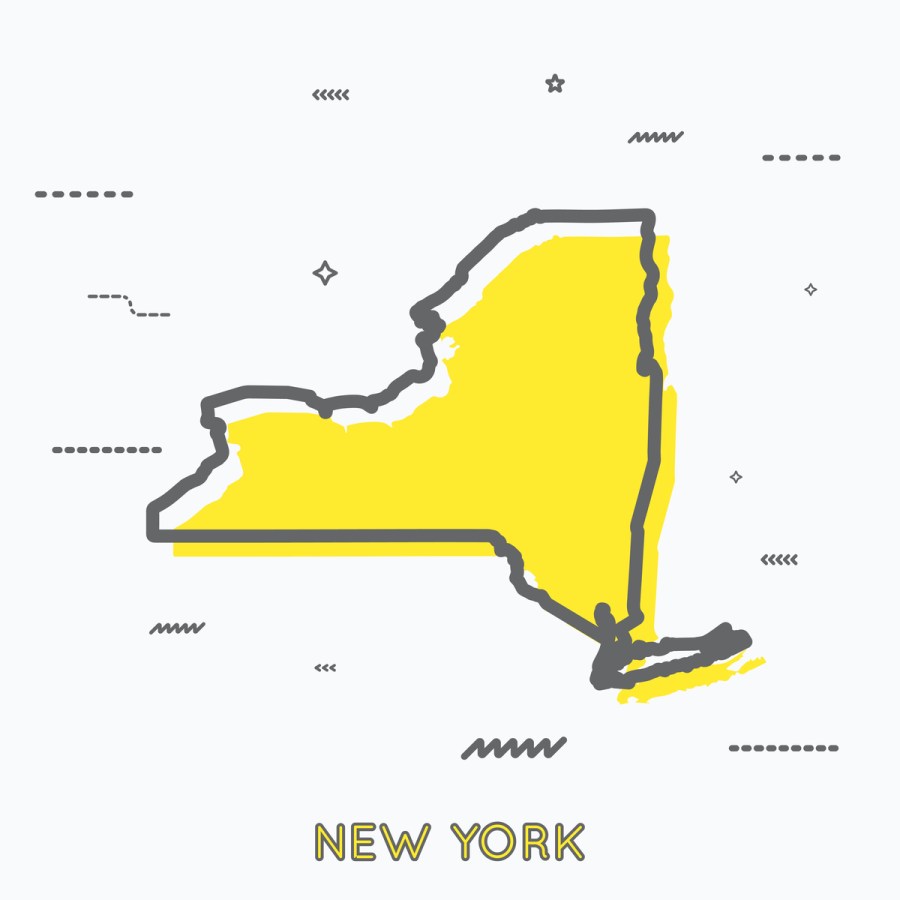
Because voter suppression doesn’t just happen in red/swing states:
This is some cold truth from @AOC. If NYC were in a swing state, its election administration would be a national outrage. pic.twitter.com/Hu7nNIR4G4
— Dave Wasserman (@Redistrict) October 26, 2020
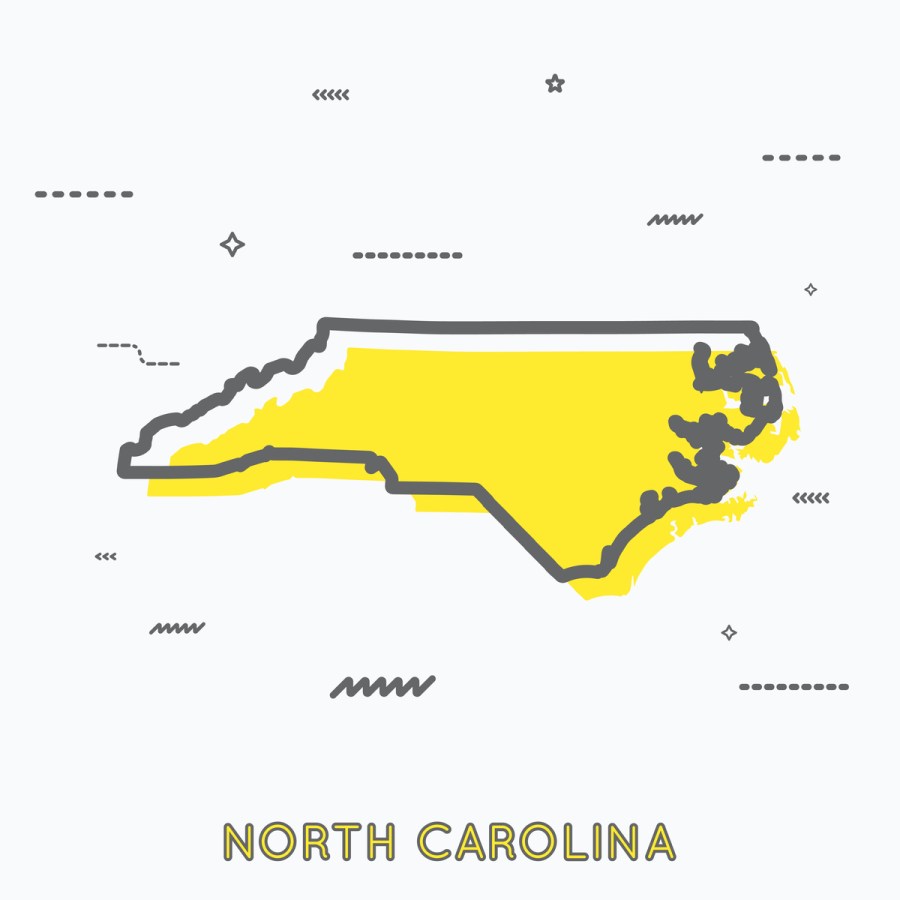
North Carolina has been in a perpetual battle over voter suppression since Shelby. Like so many states, Republicans passed legislation mandating voter ID, reducing early voting and limiting the number of polling sites, but North Carolina’s also seen some pushback from the 4th Circuit Court of Appeals on those efforts. The state’s voter ID law had targeted African-American voters with “surgical precision.”
But the recent controversy over balloting is tied to multiple cases over North Carolina’s election law and efforts to be more accommodating to voters in the wake of COVID-19. Under existing state law, all absentee ballots are required to be signed by a witness. The Board of Elections attempted to temporarily suspended that requirement, due to the pandemic, but Republicans took issue with the decision and filed suit. A federal judge intervened, issuing a temporary restraining order, preventing the Board from accepting un-witnessed ballots, and later, U.S. District Court Judge William Osteen would concur. All North Carolina absentee ballots need to be signed by a witness. Voters who submitted ballots without a witness signature, in the interim, should be contacted by the Board of Elections.
The second point of contention is around the Board’s decision to allow an extra six days to collect ballots that were postmarked by Election Day. On Wednesday, in a surprising 5-3 decision,
the Supreme Court refused to overturn the Board’s new deadline.
“The Court upheld the State Board of Elections’ effort to ensure that every eligible vote counts, even during a pandemic,” the state’s Attorney General, Josh Stein said. “Voters must have their mail-in ballots postmarked by Election Day, but now we all have certainty that every eligible vote will be counted.”
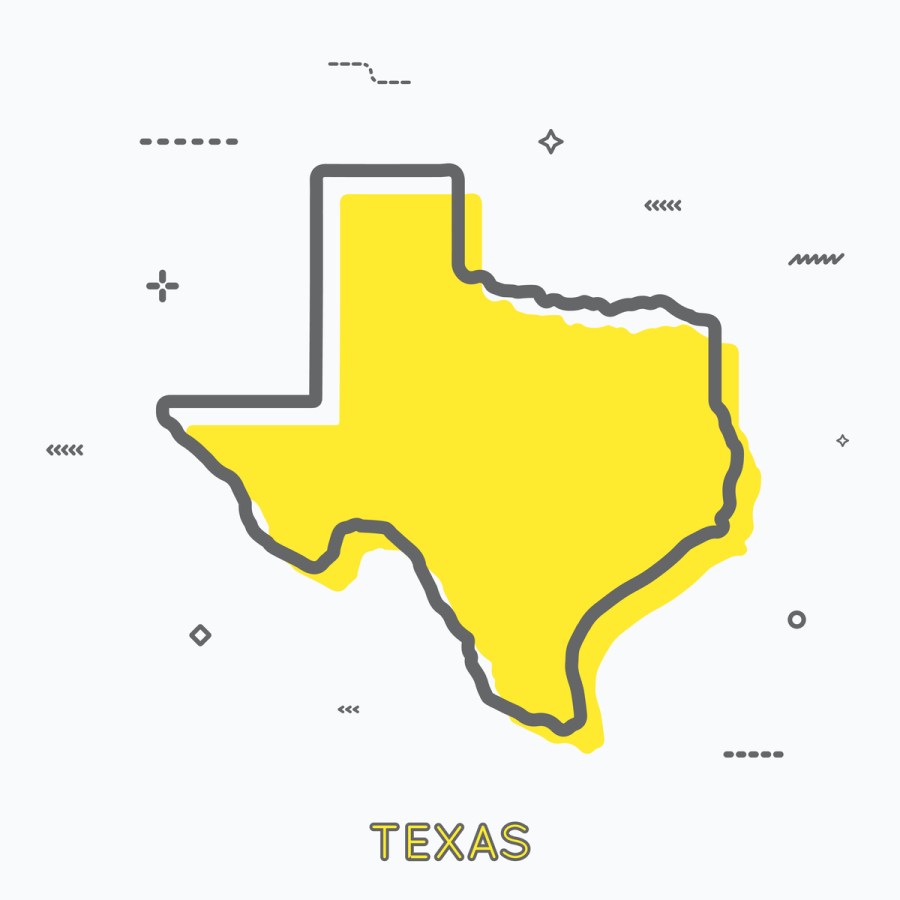
Texas isn’t a red state, it’s a voter suppression state…and, in order to cling to that power, Gov. Greg Abbott continues to find new ways to suppress the vote.
Already this year, Gov. Greg Abbott signed an executive order limiting counties to one location for ballot drop-offs and permitting poll watchers to observe the process. The Republican majority on the Texas Supreme Court prohibited the state’s largest county from sending absentee ballot request forms to registered voters. Additionally, despite having enacted a statewide mandate to wear masks, the governor has said that will not be applicable in polling sites.
But, based on early numbers, it looks like Abbott’s efforts to thwart voters in Texas may be backfiring: voter turnout in Texas has already exceeded what it was in 2016.
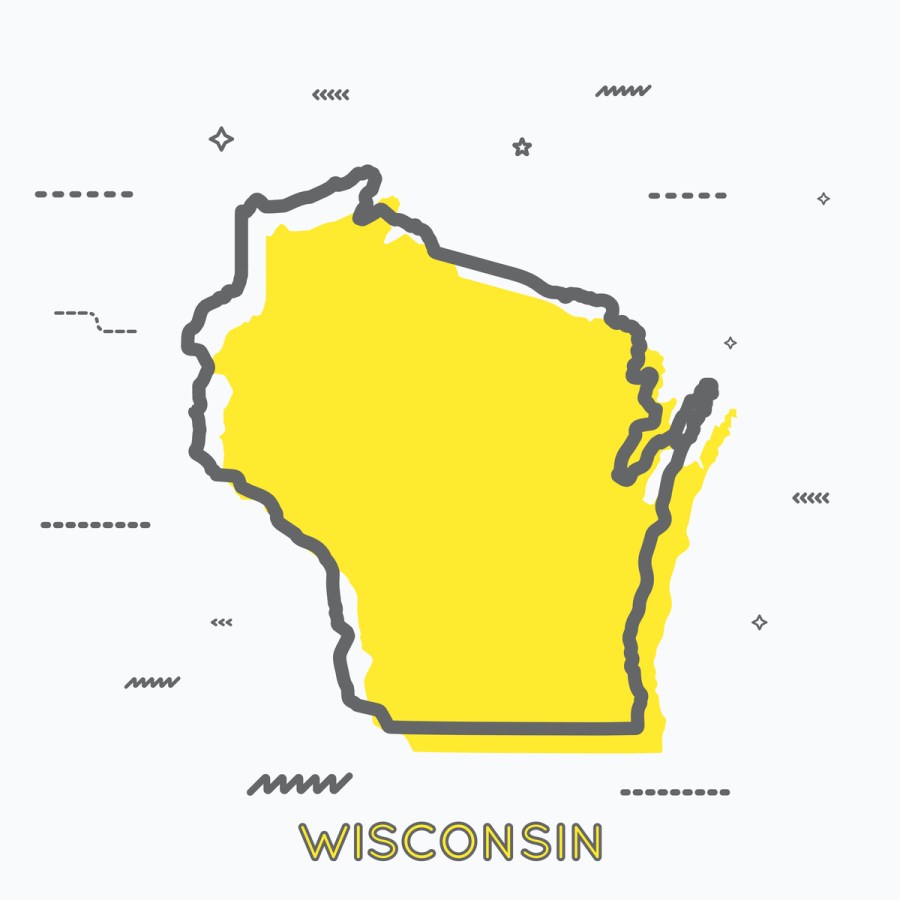
In 2016, Hillary Clinton was eviscerated for not campaigning in the historically blue state of Wisconsin. The state’s blatant voter suppression tactics, including an incredibly restrictive voter id law (that, by one analysis, 300,000 Wisconsin voters didn’t meet ), flew under the radar. But as Mother Jones reported one year after that election, the standard media analysis of what happened in Wisconsin far too readily discredited the role of Wisconsin’s deliberate and racially targeted voter suppression.
Four years later, we continue to pay the price for letting that go unchecked. The voter id law is still in place and voter roll purges are ongoing. After jurisdictions had already laid out their early voting plans, a panel of three Republican judges restricted early voting to just two weeks before the election. Cities like Milwaukee (that had planned for four weeks) were not allowed to designate additional polling places, which means long voting lines in the midst of the pandemic, again. And then, of course, SCOTUS just issued a ruling that absentee ballots must be received by election day, despite the pandemic. Per CBS Chicago reporting, as of October 27, over 300,000 absentee ballots still haven’t been received by the state.
And if the April primary was any indication, that’s not just because people haven’t returned them.
The documentary, All In: The Fight for Democracy, is now available to watch on Amazon Prime Video. If you run into an issue while voting, call or text 866-OUR-VOTE (866-687-8683) to get voting help from a trained Election Protection volunteer.



Damn.
The fact that this is even possible is mind-blowing. The question is: How could this system possibly be fixed? And I don’t just mean the votes. I mean everything – from wealth distribution, destruction of the environment, hate-spewing propaganda networks like Fox, Breitbart, etc., the total grip the economic and finance sector has on politics, …
I mean – is there anything left that’s even remotely working in the US?
The good people are still a slight majority – how is it possible that still everything is going to hell??
The thing about Wisconsin is they(former governor Scott Walker & the President) touted this great Foxconn factory for LCD & phone parts that will bring jobs & prosperity to the state. The government eminent domained land from people to build the factory. About 3ish years Foxconn never met any of the employment requirements(some employees they did get was from out of state) to get the big tax subsidies. It also Scott Scott hsi job as Wisconsin got a Democratic government because of this.
I already knew most of this, but it’s nice to see it gathered in one place.
Woof. Thanks for collecting all this. It’s intense, and it’s important to see it all together.
It might make it easier for you to laugh at someone if you tell the story to someone who was not there and it can https://dltutuapp.com/tutuapp-download/ also be a good way for you to hear about someone else’s embarrassing moments.
Realize that it was just a silly https://kodi.onl/ mistake that probably made people do a double-take or possibly even a spit take.